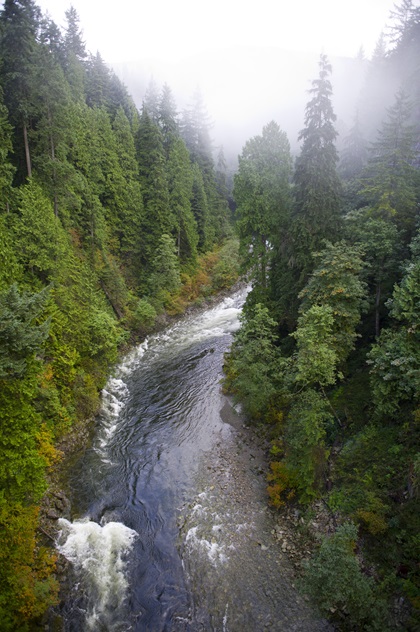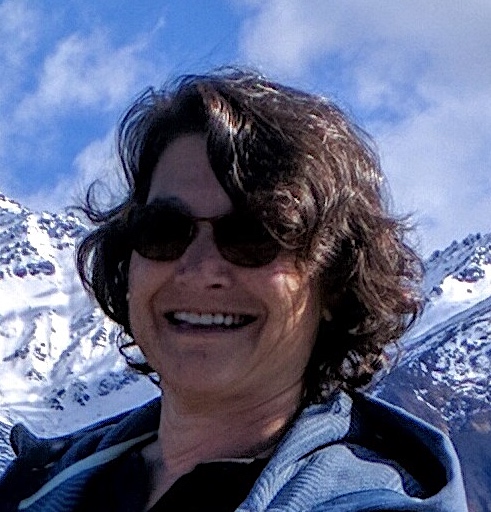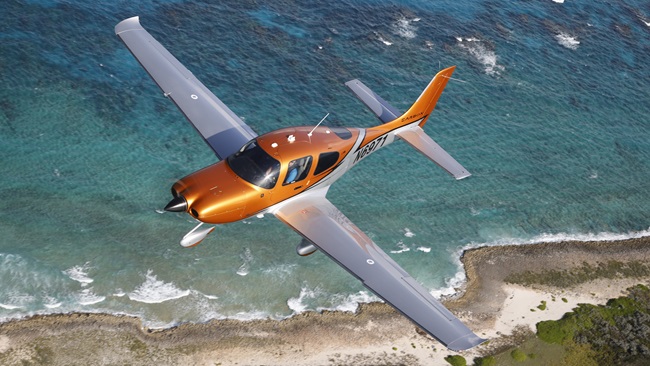Head north!
Tips for flying in Canada for us Southerners
We may share a language (English) and a lot of culture, but from an aviation point of view, the United States and Canada have different rules and regulations regarding private flying within their borders.
I’m talking about the stunning eastern seaboard, along the coast of New Brunswick, up to the Bay of Fundy, overflying the bridge to forever (to bucolic Prince Edward Island). Heading west? Don’t miss the Canadian Rockies, which are every bit as dramatic as their southern neighbors, and far less populated. Swing inland from Vancouver, British Columbia, and check out the magnificent glacier-carved Kelowna’s lakes and sparkling ski resorts. Heading even farther north, the arctic plains hold a special beauty embodied in their vastness. Talk about your big sky country, you’ll find it here.

Canada may not have the population of the lower 48, but those who live there are welcoming to their southern neighbors. Crossing the border is a simple process of filing your U.S. electronic Advance Passenger Information System (eAPIS) departure and obtaining clearance, and pre-contacting CANPASS to let them know you are coming. You’ll file a defense VFR (DVFR) or instrument flight plan for the border crossing and, of course, check the weather before you take off.
One more thing the Canadian authorities would like you to do before you come visit: Please familiarize yourself with their aviation rules. There are differences in how air traffic is handled among other niceties.
You’ll find just what you need to keep from clogging up the cogs of Canada’s well-functioning air traffic control system. Trust me and read it, so you aren’t the goof-ball pilot in the N-registered airplane sitting at the end of the runway waiting for a takeoff clearance that will never come. Read it, so that you are not put off when you receive a bill in the mail from Nav Canada for the use of the ATC system and airspace (yep, their system is privatized and if you want to come back, you will pay the bill). If you know about the little differences ahead of time, it will make a big difference to your comfort, safety, and pure pleasure of the flight.
A couple of other details before you head off. U.S. recreational pilot certificates and sport pilot certificates are not recognized in Canada. If your certificate meets International Civil Aviation Organization (ICAO) standards, it is valid for operating aircraft between the United States and Canada. The Canadian aviation regulations also have no accommodation for BasicMed, so get a third class medical before crossing the border. As far as aircraft documentation goes, you’ll need to be ready to show:
- Certificate of registration.
- Certificate of airworthiness or flight authority.
- Weight and balance information.
- Proof of liability insurance.
- Operating handbook or flight manual.

The Canadian regulations require pilots to carry proof of liability insurance on board when operating in Canadian airspace. This applies to all aircraft, including private, amateur-built, and ultralight. The type of coverage is based on the aircraft’s gross takeoff weight (CAR 606.02).
Please, for the sake of your vacation, check all these boxes before you take off.
Once you do take off, remember to try and cross the border within 15 minutes of estimated time, and to call CANPASS when you land to let them know you’ve arrived. Only once in nearly a dozen times arriving north of the U.S./Canada border has a Canadian customs and immigration officer actually come out to inspect my aircraft. All the other times we were able to clear over the telephone quickly and easily.
Before you head out into the wonderland that is the Canadian wilderness, make a check of Nav Canada’s weather and get a good briefing. The site holds it all, from soup to nuts, including phone numbers for voice briefings if you happen to have trouble getting to the internet. You can access the website from the United States and print up the information (one sheet of paper doesn’t weigh much), just in case you end up waaaay out there (not hard to do).
Once you’re briefed and the flight path looks good, go have fun! The Canadian backcountry and the rural towns that border these areas are a pilot’s delight. Just fly safe out there, and come back with great pictures and stories to share.





